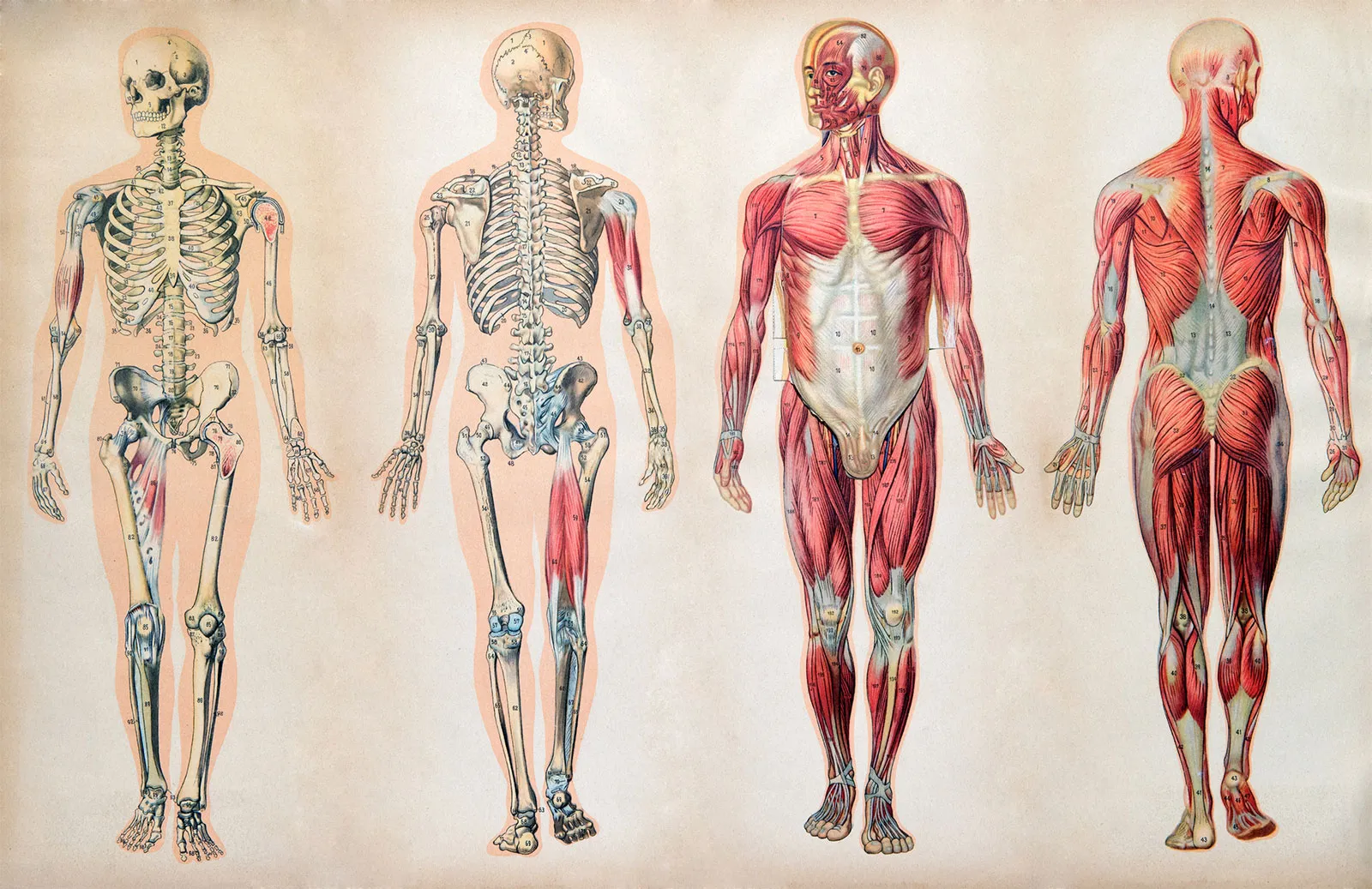Global Warming: Understanding the Causes, Consequences, and Solutions
Global warming refers to the long-term increase in Earth’s average surface temperature, primarily caused by human activities such as burning fossil fuels and deforestation. This phenomenon has significant impacts on the planet’s climate and environment, including rising sea levels, extreme weather events, and loss of biodiversity. In this article, we will explore the causes, consequences, and possible solutions to global warming.
Causes of Global Warming
The main cause of global warming is the emission of greenhouse gases, particularly carbon dioxide (CO2), which trap heat in the Earth’s atmosphere and prevent it from escaping into space. Human activities such as burning fossil fuels for energy, industrial processes, transportation, and deforestation have significantly increased the amount of CO2 in the atmosphere, leading to a gradual rise in the Earth’s temperature.
Other human activities that contribute to global warming include the release of other greenhouse gases such as methane (CH4) from agriculture and waste management, and nitrous oxide (N2O) from fertilizers and industrial processes. Land use changes such as deforestation and urbanization also affect the planet’s climate by altering the absorption and reflection of solar radiation.
Consequences of Global Warming
The consequences of global warming are numerous and far-reaching, affecting various aspects of the planet’s climate, environment, and society. Here are some of the most significant consequences of global warming:
- Rising Sea Levels: As global temperatures rise, the melting of glaciers and ice caps in polar regions and mountain ranges leads to the sea level rise. This rise can lead to coastal flooding and erosion, loss of habitat for wildlife, and displacement of millions of people.
- Extreme Weather Events: Global warming is leading to more frequent and intense heat waves, droughts, hurricanes, and other extreme weather events. These events can cause severe damage to infrastructure, crops, and human health, leading to economic and social impacts.
- Loss of Biodiversity: As the planet warms, many species are struggling to adapt to the changing climate. This can lead to the extinction of many plant and animal species, disrupting ecosystems and reducing biodiversity.
- Health Impacts: Global warming can also affect human health by increasing the incidence of heat-related illnesses, respiratory diseases, and water-borne diseases.
Possible Solutions to Global Warming
To address global warming, it is necessary to reduce greenhouse gas emissions and shift towards cleaner and renewable energy sources. Here are some possible solutions to global warming:
- Renewable Energy: The transition to renewable energy sources such as solar, wind, and hydropower can significantly reduce greenhouse gas emissions from energy production. Governments and businesses can incentivize the adoption of these technologies and invest in research and development to improve their efficiency and affordability.
- Energy Efficiency: Improving energy efficiency in buildings, appliances, and transportation can also reduce greenhouse gas emissions. This can be achieved through measures such as insulation, energy-efficient lighting, and public transportation.
- Carbon Capture and Storage: Carbon capture and storage technology can capture CO2 emissions from power plants and industrial processes and store them underground or in other long-term storage facilities.
- Reforestation and Forest Management: Planting new trees and managing forests sustainably can help absorb CO2 from the atmosphere and store it in the form of biomass.
- Climate Policy: Governments can implement policies such as carbon taxes, cap and trade schemes, and regulations to incentivize emissions reduction and encourage sustainable practices.
Conclusion
Global warming is a complex and urgent challenge that requires immediate and concerted action from governments, businesses, and individuals around the world. By reducing greenhouse gas emissions, transitioning to cleaner energy sources, and implementing sustainable practices, we can mitigate the worst impacts of global warming and create a more sustainable and resilient future for ourselves
![]()





